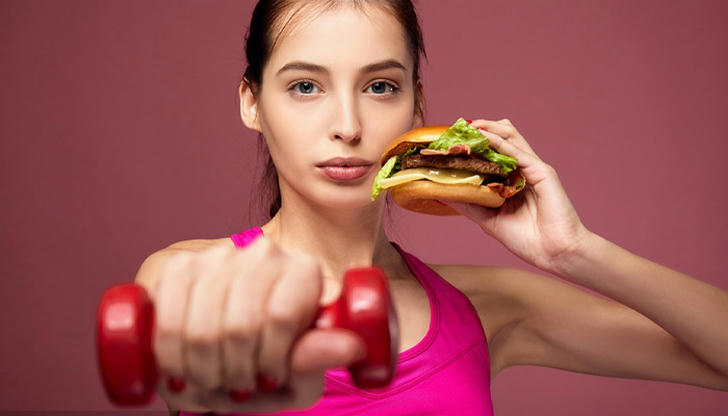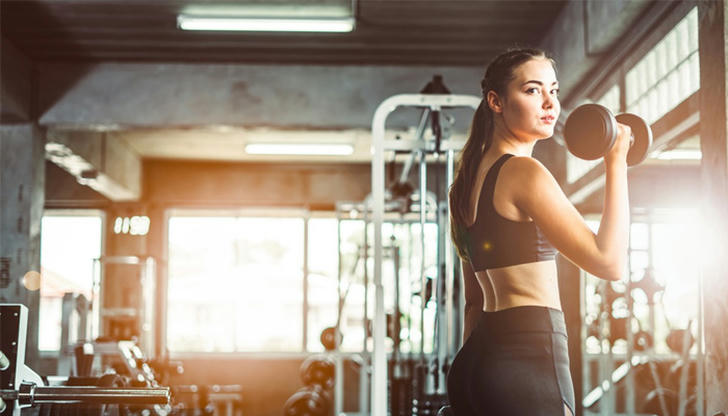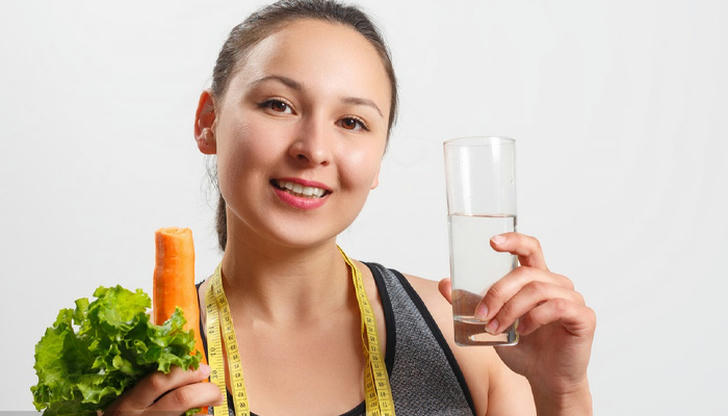Fat-Burning Secrets: Combining HIIT with Diet for Maximum Results

If you’re tired of the usual fitness advice that feels more like a chore than a challenge, you're not alone. Many people struggle with losing fat and keeping it off, but there's a more effective—and sustainable—approach to burning fat than you might think. The secret? Combining High-Intensity Interval Training (HIIT) with a balanced diet. This winning combination isn’t just for fitness experts—it’s something anyone can try and see real results.
What is HIIT and Why Does It Work?
Let’s start with HIIT. It’s exactly what it sounds like: short bursts of high-intensity exercise followed by a brief period of rest. You push your body to the limit for a few seconds (or minutes), then allow yourself a short recovery time before doing it all over again. This style of training boosts your metabolism, helps your body burn more calories even at rest, and builds endurance fast. Plus, HIIT can be done with minimal equipment, making it perfect for home workouts.
The reason HIIT is so effective for burning fat lies in its ability to elevate your heart rate. When you engage in short, intense exercises, your body continues burning calories even after you've finished the workout—a phenomenon known as "afterburn." This means you’re not just burning calories during the workout itself but also for hours afterward.
Diet and Fat Burning: What You Need to Know
Now, let’s talk about diet. Even though HIIT is great for torching calories, it’s still important to eat in a way that supports fat loss. What you eat can play a major role in how quickly you see results from your HIIT workouts.
● Protein: It’s essential for building muscle and repairing tissue after intense exercise. Plus, eating enough protein can boost your metabolism and help keep you full longer. Consider adding lean meats, beans, or plant-based protein powders to your meals.
● Healthy Fats: Don't be afraid of fat—it’s crucial for your overall health. Avocados, olive oil, and nuts can help regulate your hormones and keep your energy levels up during workouts.
● Carbohydrates: Carbs often get a bad reputation, but they're your body’s primary fuel source, especially for high-intensity workouts. Opt for complex carbs like whole grains, vegetables, and fruits to keep your energy steady throughout the day.
The key is balance—make sure you're eating enough to fuel your workouts but not overeating. A simple rule is to eat slightly fewer calories than you burn. This way, your body taps into stored fat for energy without feeling deprived.

Real-Life Examples:
1. Sarah’s Story: From Couch to HIIT Pro
Sarah, a busy mom and full-time employee, found it hard to find time for fitness, let alone plan complex meals. After struggling with weight loss for years, she decided to give HIIT a try. She started with just 15-minute sessions three times a week, mixing bodyweight exercises like squats, lunges, and jumping jacks. As she incorporated HIIT into her routine, Sarah made small changes to her diet—adding more veggies, cutting back on processed foods, and focusing on lean protein. After just 6 weeks, she saw a noticeable difference: she had lost 10 pounds, felt stronger, and was more energized throughout her day.
Solution for Sarah: Sarah’s story shows that even with a busy lifestyle, it’s possible to fit in HIIT and make small but impactful changes to your diet. The trick is to start small and gradually make adjustments.
2. David’s Journey: Balancing HIIT and Diet for Better Results
David, a fitness enthusiast who was already familiar with exercise, had always struggled to lose his stubborn belly fat despite his workouts. He decided to mix things up by introducing HIIT into his routine, replacing his long steady-state cardio sessions with short, high-intensity intervals. But the real breakthrough came when he cleaned up his diet—eliminating sugary snacks and replacing them with healthier options like fruits and nuts. Within three months, David lost 15 pounds of fat and gained noticeable muscle definition, all while feeling more energized than ever.
Solution for David: David’s experience teaches us that combining HIIT with a smart diet is key for visible fat loss. It’s not just about working harder in the gym—it’s about working smarter, focusing on the right nutrition to fuel your workouts and recovery.

Practical Tips to Get Started:
● Start Slow: If you’re new to HIIT, don’t push yourself too hard in the beginning. Start with beginner-friendly exercises like jumping jacks or high knees, and gradually increase the intensity as you build strength and endurance.
● Consistency is Key: Aim for at least 3-4 HIIT sessions per week. Remember, quality is more important than quantity. It’s better to do 15 minutes of solid HIIT than to do 30 minutes of half-effort.
● Stay Hydrated: High-intensity exercise depletes your body’s water reserves, so make sure you’re drinking plenty of water before, during, and after your workout.
● Rest and Recover: Give your body time to recover. Overtraining can lead to burnout and injuries. Take a day off or do a lighter workout like yoga or walking on rest days.
● Track Your Progress: Keep a journal of your workouts and meals to track improvements. Whether it’s losing a few pounds or being able to perform more intense exercises, tracking progress keeps you motivated.
Final Thoughts:
Combining HIIT with a balanced diet is one of the most effective strategies for burning fat, improving your fitness, and feeling healthier overall. It doesn’t require hours in the gym or drastic changes to your lifestyle. Start small, stay consistent, and make adjustments to your diet as needed. Remember, it’s about finding a balance that works for you.
Whether you're just getting started like Sarah or looking for the next step like David, integrating HIIT with mindful eating can help you achieve your fitness goals faster. So, what are you waiting for? Start your fat-burning journey today!
